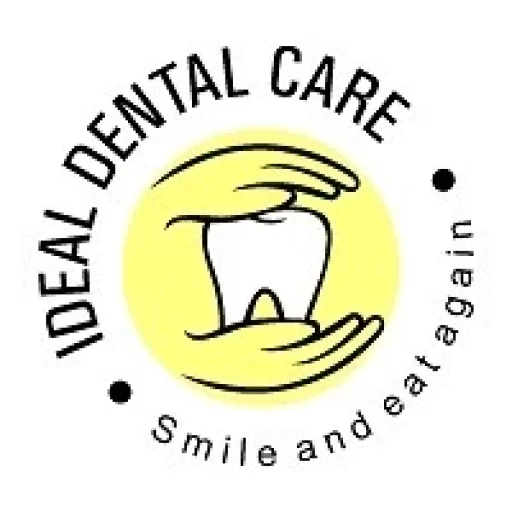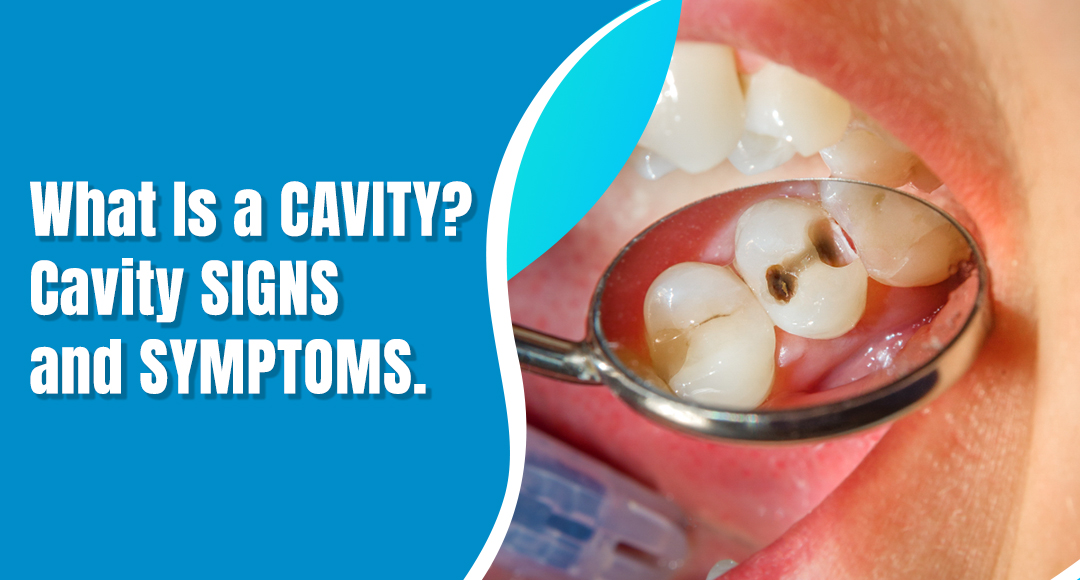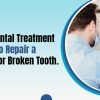What Is a Cavity? Cavity Signs and Symptoms
Your dental health is critical to your overall wellness. One of the essential methods to keep your teeth in excellent condition and avoid other problems is to prevent tooth decay or cavities. Tooth decay with cavities is the world’s most common health problem. Cavities, also known as tooth decay, are caused by several reasons, including germs in your mouth, frequent snacking, drinking sugary drinks, and failing to clean your teeth properly.
Cavities permanently damage portions of your teeth’s hard surface that evolve into tiny gaps or holes. They are most prevalent among children, teenagers, and the elderly. Cavities, however, can affect anyone who has teeth, including infants.
Cavities become prominent and affect deeper layers of your teeth if they are not addressed. They can cause severe dental pain, infection, and tooth loss. You can prevent cavities and tooth decay by visiting your dentist regularly and using proper brushing & flossing routines.
What is a Cavity?
Remains of food or germs can form plaque in your teeth. Plaque is a bacteria that produces acids with the potential to damage the enamel on the surface of your teeth. If plaque is allowed to accumulate, it can damage your teeth and cause cavities over time. Brushing and flossing teeth regularly can help remove this sticky plaque.
A cavity is a hole that develops in your tooth and can eventually damage your teeth if left untreated. Untreated cavities can also lead to more severe consequences, such as a tooth abscess or an infection that spreads to your bloodstream, which can be fatal.
Eating foods that stick to your teeth regularly may raise your chances of getting a cavity. Some examples of these foods are dried fruit, ice cream, hard candy, soda, fruit juice, chips, and sugary foods like cake, cookies, and gummy candy. Even though cavities are more prevalent in children, adults are also in danger.
What are the signs and symptoms of a cavity?
There are various indicators that a cavity is developing. A lot of red flags indicate that an existing cavity is growing larger. Here are five of the most prevalent cavity symptoms.
- Hot and Cold Sensitivity: Sensitivity that persists after consuming hot or cold foods could indicate the presence of a cavity. Foods that are hot, cold, sticky, or acidic might irritate the nerves inside your tooth when there isn’t enough enamel to protect the dentin. When the enamel on your tooth begins to wear away, the Dentin, the hard tissue layer beneath the enamel, might be affected. This is what causes your sensitivity. Dentin is made up of thousands of tiny hollow tubes.
- Lingering Sensitivity to Sweets: Although hot and cold are the most prevalent sensitivities associated with tooth decay, residual sensitivity to sweets and sugary drinks can also indicate dental decay. A persistent soreness from sweets, like temperature sensitivity, is often the result of enamel damage and, more precisely, the beginning of a cavity.
- Toothache: A persistent aching in one or more teeth may suggest the presence of a cavity. One of the most common indications of a cavity is pain. This involves soreness and pain in or around your mouth. The soreness can strike unexpectedly or as a result of anything you consume. When you bite down on food, you may experience pain and pressure.
- Staining on Tooth: Stains on your teeth may look like white dots at first. The stain may become darker as the tooth decay progresses. Cavity staining can be brown, black, or white, usually appearing on the tooth’s surface.
- A Hole or a Pit in the Tooth: If the white spot on your tooth (marking the beginning of a cavity) worsens, you will have a hole or pit in your tooth that you can see in the mirror or feel when you run your tongue over the surface of your teeth. Some holes, particularly those between your teeth or crevices, are neither visible nor feelable. However, you may still experience pain or sensitivity in the cavity area. Make an appointment with your dentist if you see a hole or pit in your tooth. This is an obvious indication of tooth decay.
What are the causes of a cavity?
Tooth Decay triggers Cavities; it is a gradual process; here’s how tooth decay happens:
- Plaque Attack: Plaque acids dissolve minerals in the hard outer enamel of your teeth. This erosion creates tiny openings or holes in the enamel, the first stage of cavity formation. When parts of enamel are worn away, bacteria and acid can access the dentin layer of your teeth. Compared to enamel, this layer is softer and less acid resistant. Dentin has small tubes communicating directly with the tooth’s nerve, generating sensitivity.
- Destruction: The bacteria and acid that cause tooth decay keep migrating along the inner tooth material (pulp), which is home to nerves and blood vessels, as tooth decay progresses. The bacteria causes swelling and irritation of the pulp. Inside a tooth, there is nowhere for the swelling to grow; thus, the nerve is squeezed and hurts. Even the bone outside the tooth root may experience discomfort.
What are the risk factors of a cavity?
Cavities can affect everyone who has teeth, but the following variables can raise the risk:
- The placement of a tooth: Back teeth are the most prone to decay (molars and premolars). These teeth feature grooves, pits, nooks, and numerous roots that can trap food particles. As a result, they are more challenging to clean than your smoother, easier-to-reach front teeth.
- Certain foods and beverages: Milk, honey, ice cream, soda, sugar, cake, dried fruit, hard candy & mints, cookies, dry cereal, and chips, are all more prone to promote tooth decay than items that are quickly rinsed away by saliva.
- The placement of a tooth: Back teeth are the most prone to decay (molars and premolars). These teeth feature grooves, pits, nooks, and numerous roots that can trap food particles. As a result, they are more challenging to clean than your smoother, easier-to-reach front teeth.
- Certain foods and beverages: Milk, honey, ice cream, soda, sugar, cake, dried fruit, hard candy & mints, cookies, dry cereal, and chips, are all more prone to promote tooth decay than items that are quickly rinsed away by saliva.
- Snacking or sipping frequently: When you consistently snack or consume sugary drinks, you offer oral bacteria more fuel to produce acids that attack and wear down your teeth. Drinking soda or other acidic drinks throughout the day contributes to a constant acid bath on your teeth.
- Inadequate fluoride consumption: Fluoride, a naturally occurring mineral, aids in cavity prevention and can even reverse the early stages of tooth decay. Fluoride is added to many public water systems because of its dental advantages. It’s also a popular component of toothpaste and mouthwash.
- Eating Disorders: Anorexia and bulimia can cause severe tooth erosion and cavities. Stomach acid washes over the teeth and begins to dissolve the enamel due to recurrent vomiting (purging). Eating problems can also impair saliva production.
How can you prevent cavities?
The first step in preventing cavities is to practise good dental hygiene.
Here are some of the excellent strategies to prevent yourself from cavities and other types of tooth decay:
- Schedule regular cleanings and checkups with your dentist every six-eight months.
- Brush your teeth at least twice a day using fluoride-containing toothpaste.
- Establish a regular flossing habit, cleaning between your teeth with floss or a water flosser at least once daily.
- Drink plenty of water throughout the day to help rinse your teeth and increase saliva flow. Having a dry mouth may raise your chances of getting cavities.
- Avoid drinking sugary sodas or juices daily, and limit your intake of sugary foods.
- Consult your dentist about preventive measures.
Conclusion
Cavities begin small, but if allowed to grow larger, they can cause tooth decay and other serious complications. Do not hesitate to contact your dentist if you notice any tooth sensitivity, pain, discomfort, discoloration, or holes in your teeth. The sooner you have a cavity evaluated, the less invasive and successful the treatment.




